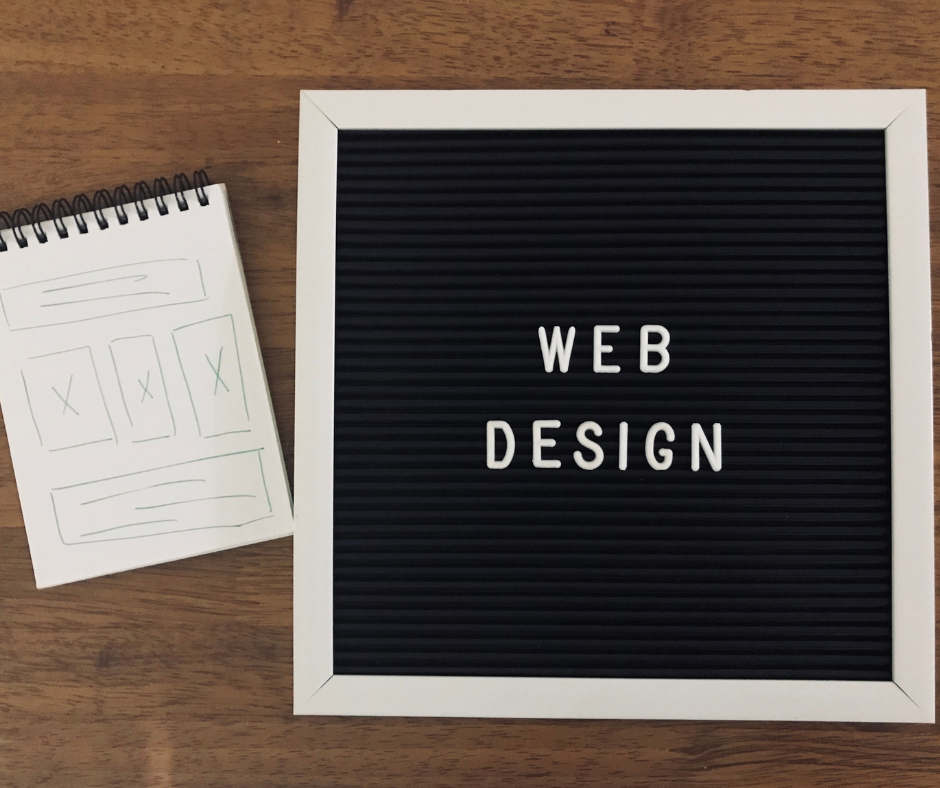
The Benefits of Minimalist Web Design
Walt Whitman once said, “Simplicity is the glory of expression”—a sentiment that remains highly relevant today. With rapid technological advancements and the evolving landscape of consumer behaviour, businesses are continually exploring new strategies to maximise growth. Sometimes, adopting a simpler approach can prove equally, if not more, effective. At RemovalsPal, a marketing and SEO agency dedicated to the removals industry, we’ve developed numerous websites for UK-based removals companies. We’ve observed a variety of responses to these designs, and today, we delve into the benefits of minimalist web design and its effectiveness.
The Challenges of Minimalism – Achieving More with Less
Image of a laptop with a white screen in a minimalist room.
Often, getting your point across requires less rather than more, which highlights the advantages of minimalist web design. Many assume that minimalism is straightforward to execute, but creating a design that is both simple and effective involves substantial time and research. The challenge lies in balancing minimalist design with user experience. Here’s a distinction to consider:
- Simple Web Design: Focuses on reducing the complexity of existing website elements.
- Minimalist Web Design: Involves removing unnecessary elements to create a simple, user-friendly interface.
When elements are stripped away, there is a risk of overwhelming users or diminishing their experience. Thus, finding the right balance is crucial. Two principles can guide you:
Keep It Simple but Not Limiting
Eliminating visual indicators for interactive sections or visible navigation options can sometimes hinder user experience rather than enhance it. A common mistake is hiding navigation options behind UI elements, making it difficult for users to navigate your site. This can increase bounce rates and negate the benefits of a minimalist approach. Instead, aim for simplicity while maintaining clear navigation to avoid frustrating users.
Keep It Simple but Not Primitive
Minimalist web design shouldn’t be confused with primitive design. While simplifying your website’s layout is beneficial, it’s essential to avoid oversimplifying its functionality. A responsive design should remain sophisticated, including all necessary elements without being overly basic. The goal is to enhance content transparency and user engagement without compromising functionality.
10 Benefits of Minimalist Web Design
Image of a person taking notes next to a laptop.
“Simplicity is the ultimate sophistication.” – Leonardo da Vinci
1. Faster Page Loading Speed
Page loading speed is a critical factor for SEO and user experience. Websites that load in under 3 seconds typically enjoy lower bounce rates and higher traffic. Minimalist design reduces the number of elements that could slow down a page, leading to faster load times and better search engine rankings.
2. Focuses Users on Content
Many websites use flashy design features to distract from poor or lacking content. However, engaging and high-quality content is crucial. Minimalist design helps highlight your content, making it easier for visitors to understand your services and products, which can enhance lead conversion.
3. Boosts Conversion Rates
A combination of clear, engaging content and minimalist design creates an optimal environment for higher conversion rates. Consumers prefer straightforward websites that clearly communicate what’s on offer, making minimalism an effective strategy for improving conversions.
4. Easy Maintenance
Complex websites with intricate designs require more maintenance, including frequent updates and security checks. Minimalist designs, with fewer elements, are simpler to maintain, saving time and effort in managing your site.
5. No Pop-Ups to Annoy Site Visitors
Pop-ups, once a common marketing tactic, are now often seen as intrusive by users. Minimalist web design avoids pop-ups, allowing visitors to explore your site without interruptions, which can lead to a more favourable impression and increased engagement.
6. Blank Space Positively Affects User Experience
White space, often viewed as emptiness, can actually enhance the user experience by making a website appear less cluttered. It provides a more relaxed environment for users to explore key elements, contributing to a more enjoyable browsing experience.
7. Easier Navigation
Effective web design should guide users seamlessly to their desired information. Minimalist design excels in this regard by simplifying navigation, making it easier for users to find what they need quickly and efficiently.
8. Use of Unique Value Proposition (UVP)
Minimalist design effectively highlights your Unique Value Proposition, which is crucial for establishing your brand and converting visitors into customers. A clear and concise UVP stands out in a minimalist layout, reinforcing your brand’s message.
9. Your Company Appears Larger Than It Is
Sophisticated design often associates with larger, more professional companies. A minimalist approach can give the impression of a more established and sophisticated business, creating a positive perception among users.
10. Better Usability
In today’s digital landscape, user experience is key to establishing online authority. Minimalist design, when implemented correctly, offers optimal usability, allowing users to interact with your site easily and efficiently, giving you a competitive edge.
Start Crafting the Perfect Design for Your Website Today
At RemovalsPal, we specialise in creating and optimising websites for the UK removals industry. Our experienced team understands the specific needs of moving companies and how design choices impact user response. With our expertise, we can help you create an effective and impactful online presence.
Contact us today for a free website analysis and start transforming your removals business with a well-designed website!

